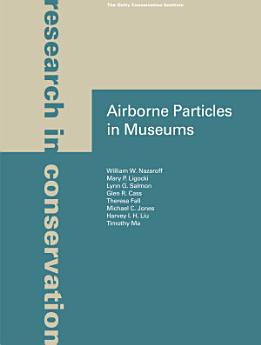Airborne Particles in Museums
eBook 정보
This study represents the latest in a series of research
activities aimed at a better understanding of the origin and fate of air
pollution within the built environment.
Most previous studies of air pollution in cultural institutions have focused on
gases. Particles were ignored for many reasons: they seemed to be more easily
removed by the building; gaseous air pollutants had been well studied by
industry, and their effects on commercial products were heavily documented; and
many particle types were considered chemically benign to almost all surfaces.
Even carbon black, which is now known to pose enormous degradation risks to the
optical and color qualities of paintings and tapestries, is almost totally
inert. Recognizing this, and understanding that we needed to know much more
about the physics of particle intrusion in museum buildings, in 1987 the
Environmental Engineering Lab at the California Institute of Technology, under
contract to the Getty Conservation Institute, began a detailed examination of
five different museums in Southern California. These structures represent a
diverse range of architectural and ventilation types. Through this study a
powerful computer model was developed that could predict the soiling effects of
changes made to the operation or maintenance of a building. This model can even
be used to estimate the soiling rates of new buildings or major rehabilitations
before any construction work is begun.
This is an important contribution to both the conservation community and the
broader field of air quality science.






